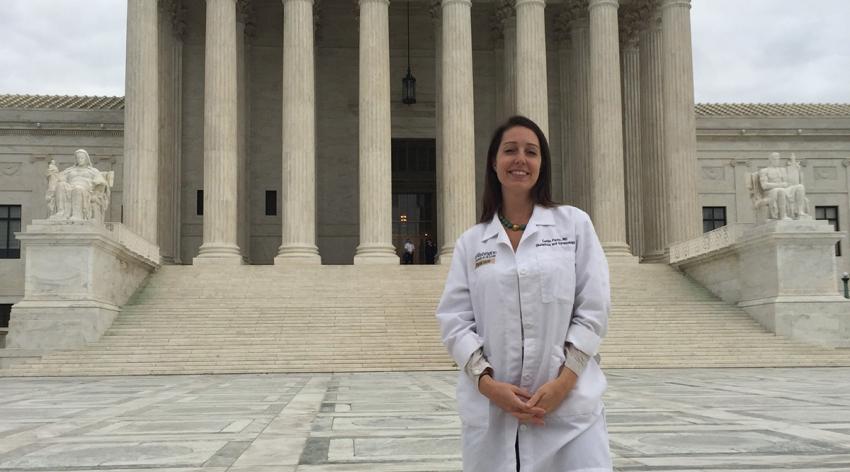AAMCNews
Find News
31 - 37 of 37 results
Ethnicity
Prescription Drugs
Veterans







